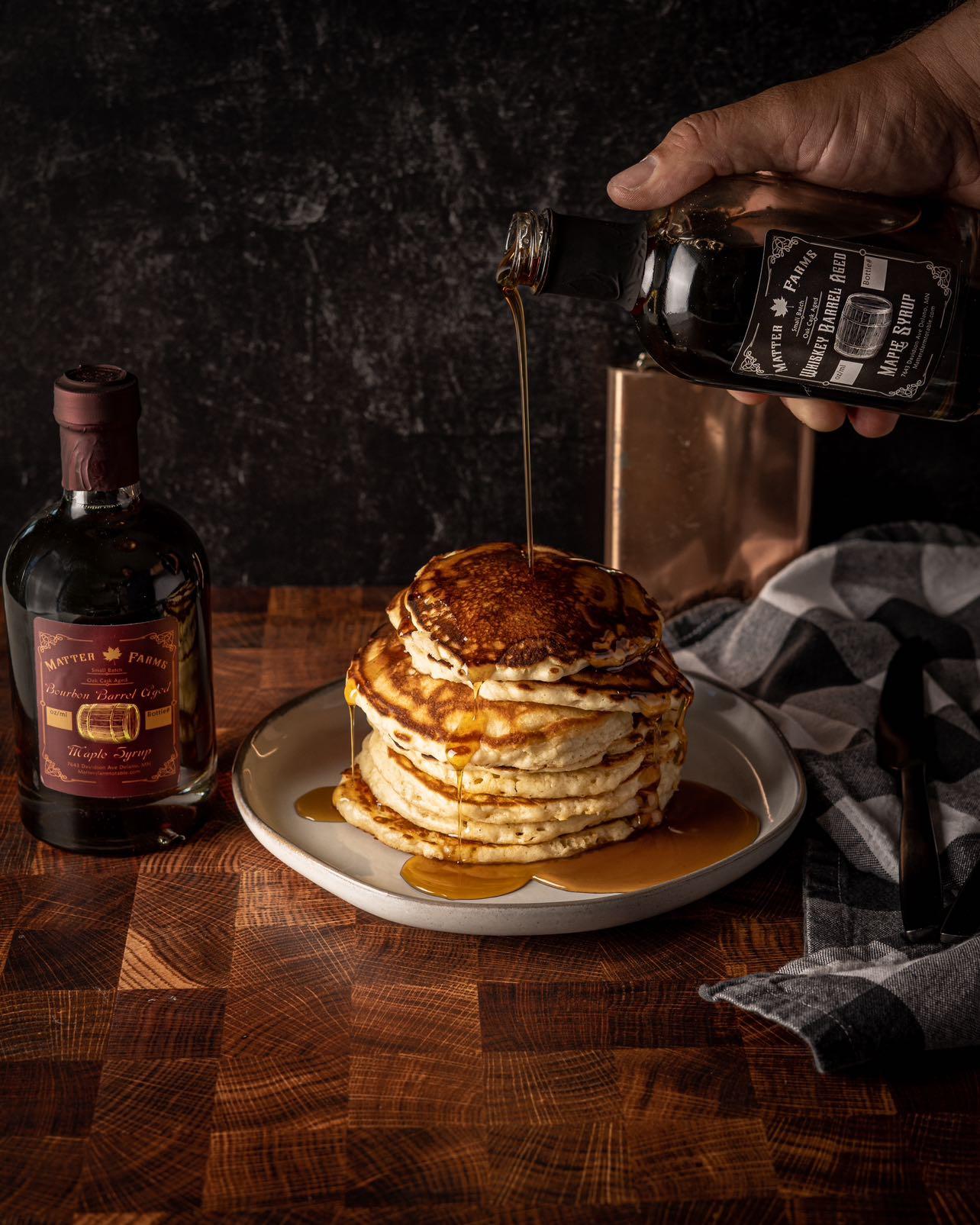
MAPLE SYRUP
NATURE'S SWEETNESS, BOTTLED IN EVERY DROP.
MAPLE SYRUP: SUPERFOOD
Antioxidant rich, antibacterial, and anti-inflammatory properties of maple syrup make it a true superfood.
- Maple syrup has a lower glycemic index score than other natural sweeteners like honey and agave.
- Maple syrup has 15% less calories than honey and agave.
- Replacing refined or artificial sugar with maple syrup lowers blood pressure, improves digestion, and reduces belly fat.
- Maple syrup has an enzyme that helps reduce excess glucose in your bloodstream resulting in a steady energy supply.
- Sustainably created, maple syrup is sweetener that is nature made from our organic, mature, never-been-human-altered woods.
- May help fight cancer: the presence of antioxidants in maple syrup can protect cells from DNA damage and mutation
- 24 antioxidants found in maple syrup including benzoic acid, gallic acid, cinnamic acid, and various flavanols like catechin, epicatechin, rutin and quercetin.
Maple syrup is a better sweetener to use in baked goods, yogurt, oatmeal, smoothies, stir fries, roasted veggies, meats, coffee, tea, casseroles, baked beans, ham, salmon, squash, sweet potatoes, pulled pork, etc. Whole, nutritious foods that nurture your body sweetened with nature’s sweetener. Nourished by nature!
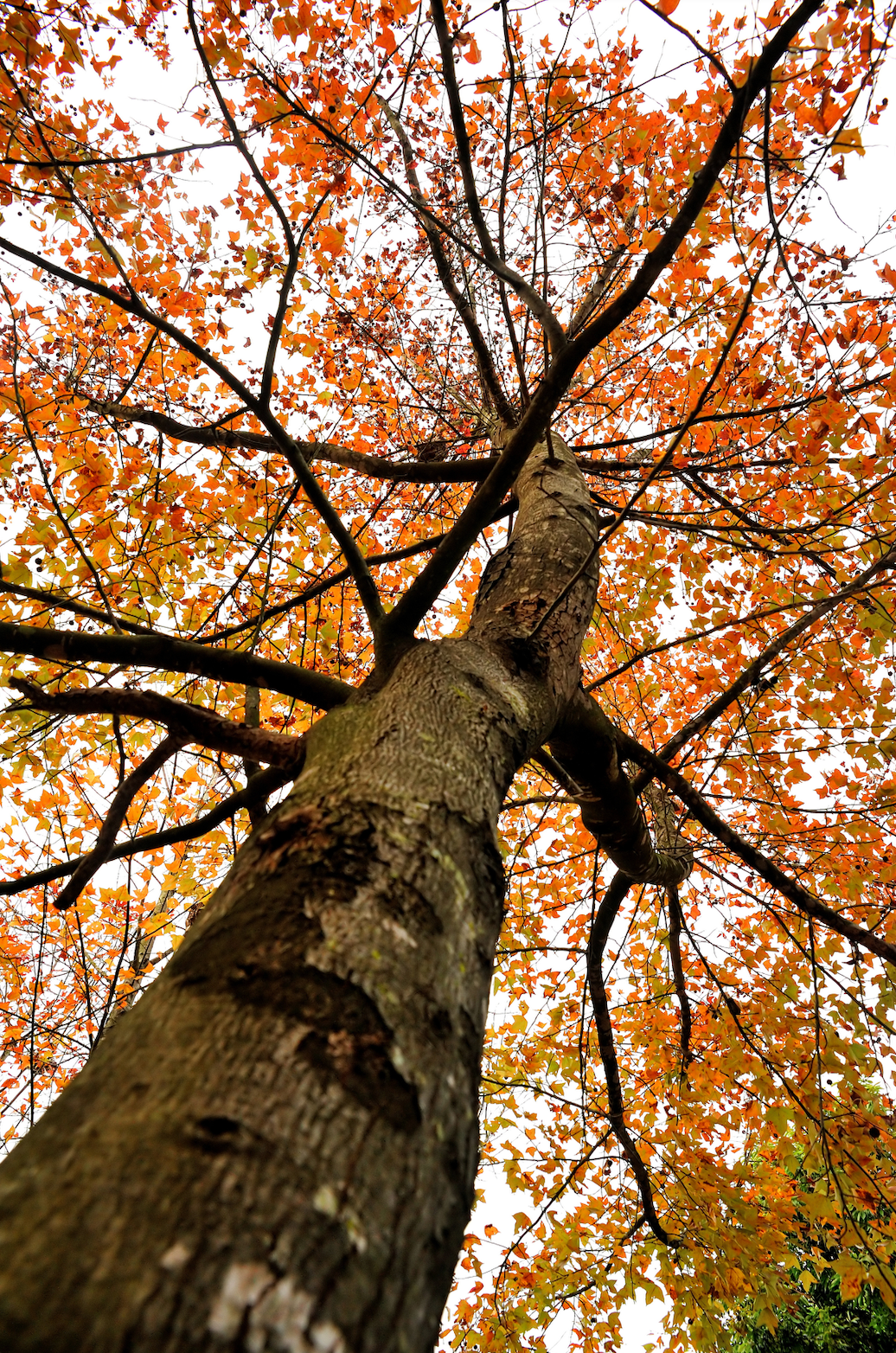
STEP ONE
CONSERVATIVE TREE TAPPING
We consider tree care extremely important in our process. We want our grandchildren to be able to utilize the same trees one day so we tap very conservatively.
Our minimum tree size for tapping is 16 inches in diameter; which translates into about a 50 year old tree. Some of our biggest trees are 3 feet in diameter and are 200 years old. That means those tree sprouted in the early 1800's.
In addition to conservative tree tapping, we use tree saver taps which are smaller diameter and have a value that stops the flow of sap backwards into trees.
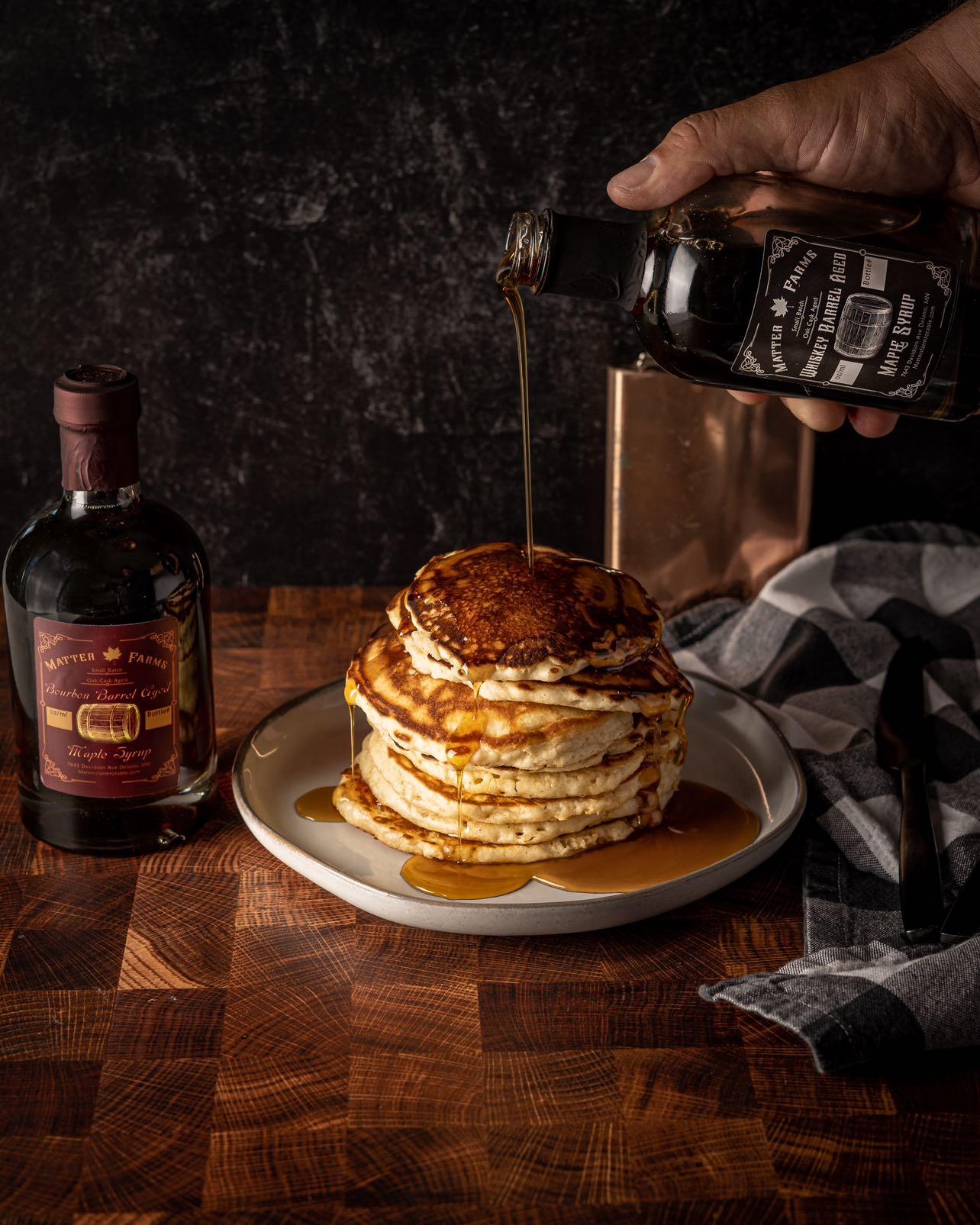
STEP TWO
SELECT THE RIGHT MATERIALS
When selecting the materials our maple products come in contact with we choose stainless steel to prevent aluminum, lead, or other heavy metals from leaching into your foods. If we are forced to use plastics we choose food grade plastics to prevent plastic leaching into foods. Cleaning and sanitizing is done with natural products including vinegar and food grade 35% hydrogen peroxide. Never bleach. The peroxide cleans better, but costs 8 times more. It's worth it. We bottle using glass. It doesn't leach into your food and it recycles better.
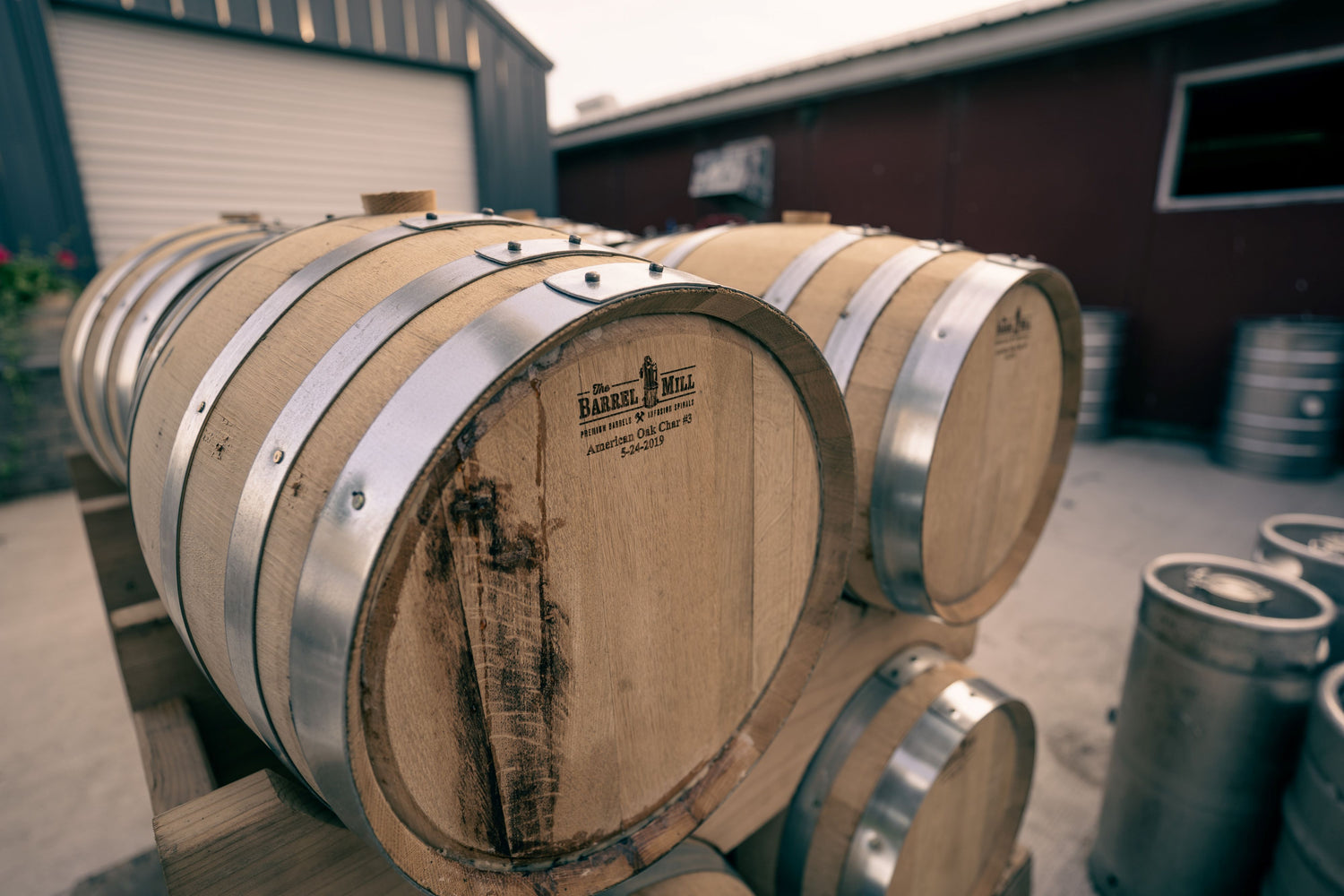
STEP THREE
CHOOSING DIFFERENT GRADES OF SYRUP
Something you might not have known is that there are different grades of syrup! Grades are described by the color and taste of the syrup. Light syrup is typically produced in the early season and it gets darker throughout. Keep in mind syrup season is a few weeks long, so the grade changes with each batch usually. This is caused by changes in the weather, sugar content of the sap throught the season, the trees themselves, and even the minerals in the soil. In my personal opinion the light syrup is like a vanilla ice cream flavor. Light and sweet. Medium is like a caramel flavor and very broad use. Dark is bold, robust maple flavor.
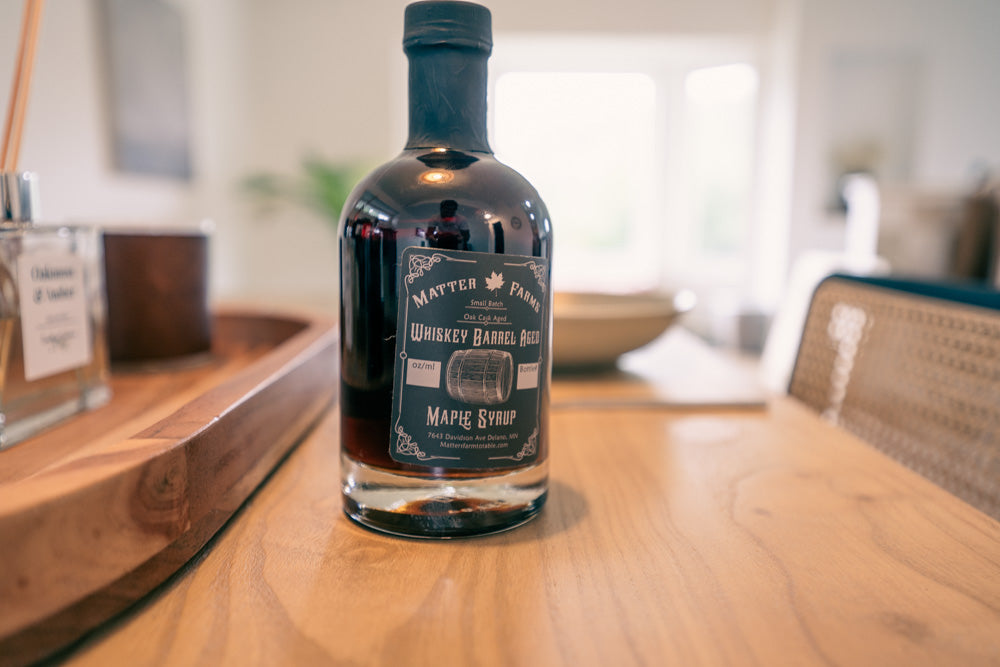
STEP FOUR
CREATING THE MAGIC
We start by collecting sap from the woods and transporting it to our sugar shack. Once the sap is at the sugar shack we pump it up into a tote on a tall stand. This allows us to use gravity to push the sap into the pans as we boil. It takes 40 gallons of sap to boil down to make 1 gallon of syrup. We boil using professional stainless steel pans from a very reputable company. When we boil we are boiling off water and it evaporates leaving a higher concentration of sap and eventually syrup is made. There is a specific brix system used to measure when syrup is done. We burn wood in our ovens. The flavor of wood fired syrup, by popular opinion, is far superior to other boiling methods. More man hours are needed to prepare the wood for each season, but again, it's worth it. Once the sap is done boiling and comes to 68 brix it is drawn off the boiling pans and collected. It is then run through a stainless steel filter press that removes impurities and bottled at a very precise temperature.
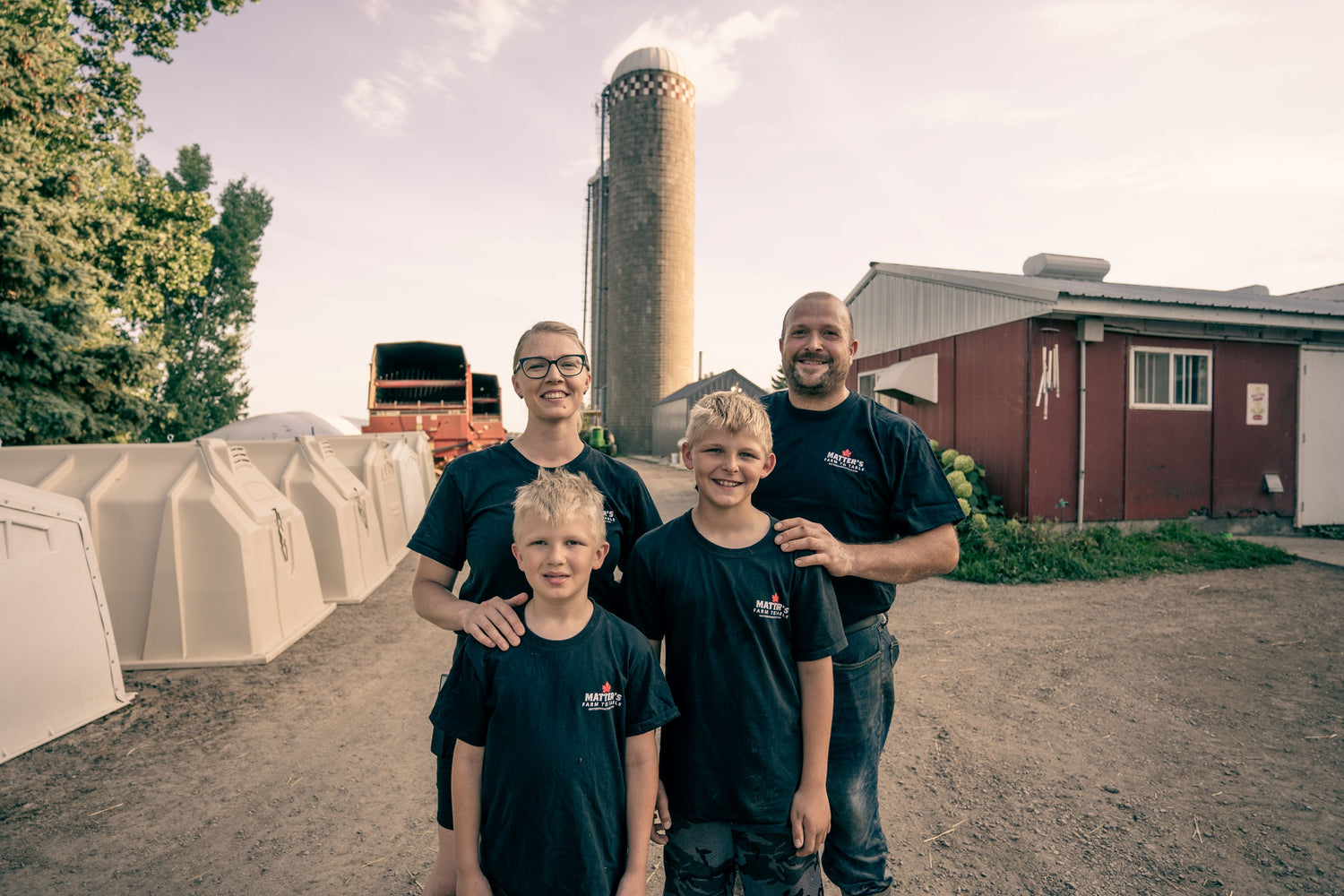
STEP FIVE
THE FAMILY POWER
A big reason we've invested so much into maple syrup is to have an opportunity to work together as a family. Our son calls it 'Family Power' when we all work together and get the job done. It's better than horse power. We want to pass on our farm, work ethics, skills, and entrepreneur mentality to our children.
